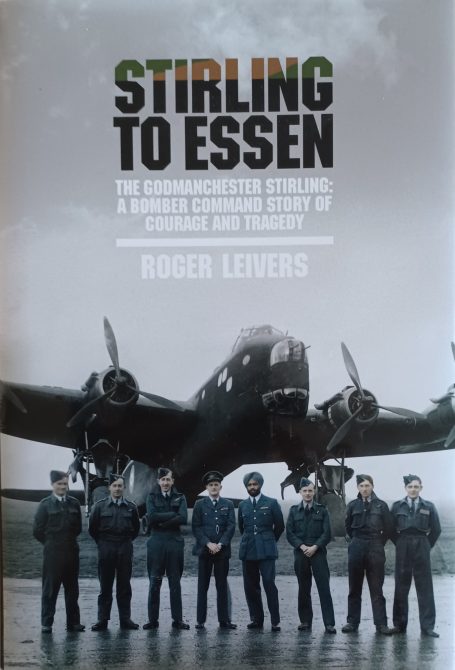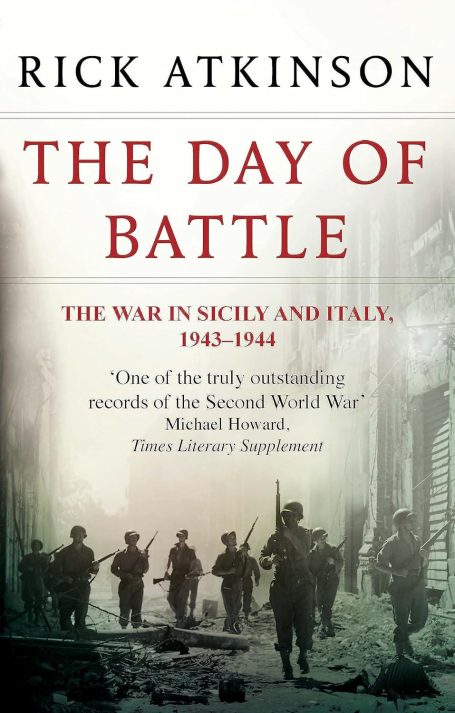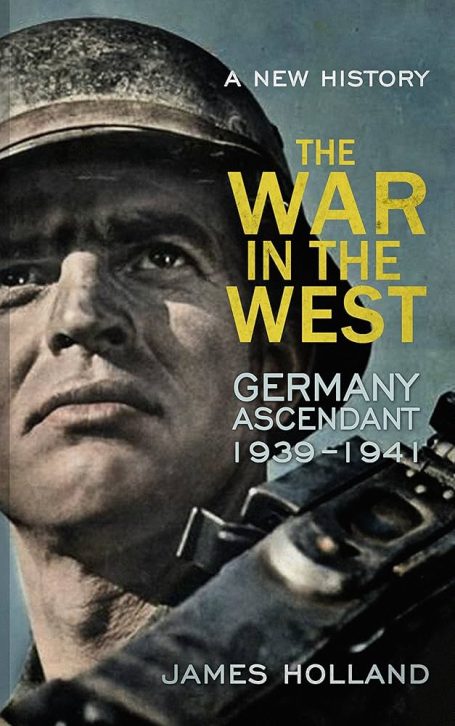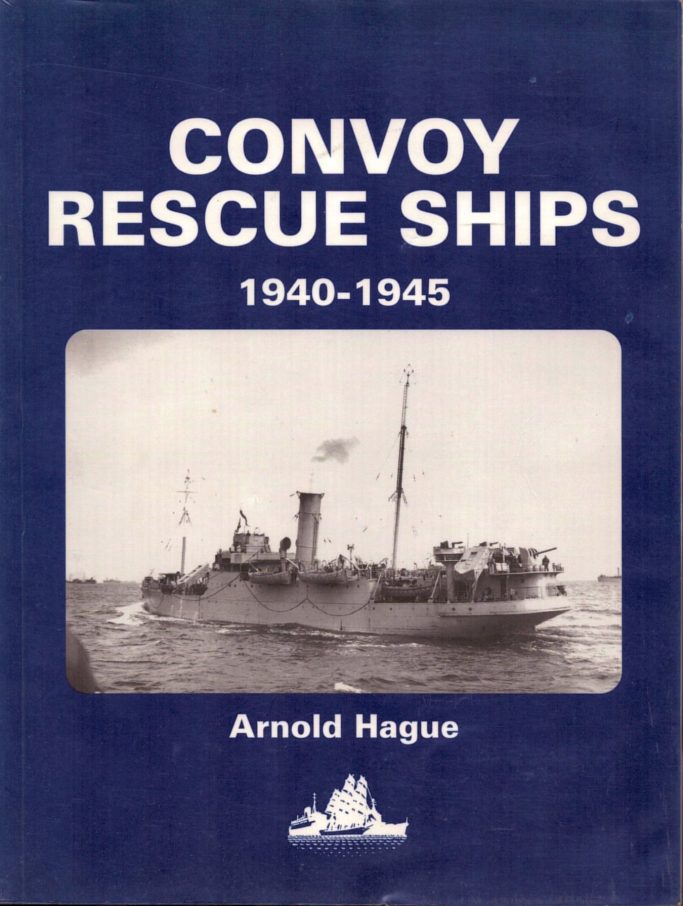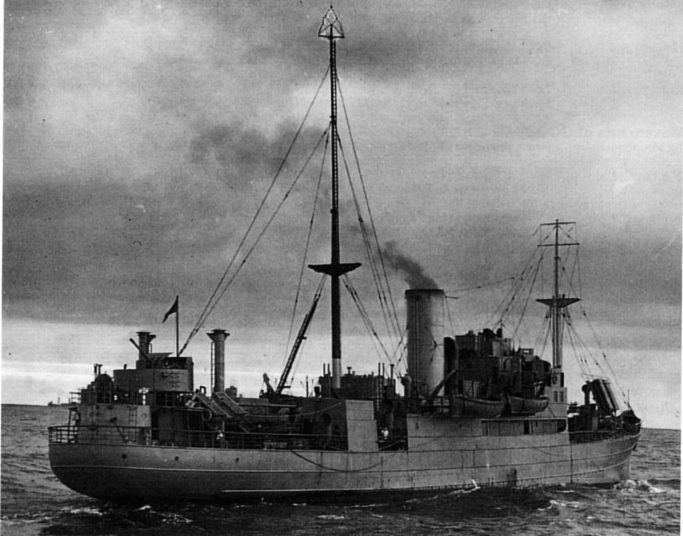Books
Stirling to Essen by Roger Leivers
Fellow member Eric Hitchcock has sent in this interesting review of the Book 'Stirling to Essen.'
A very good read, written by a local man from Huntingdon area, about a Sterling Bomber and her crew which crashed in Godmanchester near Huntingdon.
Well worth the read and a good bit of detective work by the author.
Synopsis:
On 11 April 1942, a stricken Short Stirling Royal Air Force bomber crashes into fields to the east of Godmanchester in Cambridgeshire, England. Hours earlier the commitment and skill of the crew had been tested to the limit confronting the formidable searchlight and flak defences of the German city of Essen. This event, hidden for so long, had drifted into the fog of history, but a chance email led to this amazing story revealing itself. An epic tale of a wealthy young man, whose mother died during his birth, who lived for excitement, and who went on to join the RAF in 1938. Matthew Drummond Henderson Wilson went on to become a Ferry pilot, a Flying Instructor and finally a Test pilot. In October 1941, he joined RAF Bomber Command’s No. XV Squadron becoming a Squadron Leader, and taking part in numerous raids on Brest and the Ruhr. Stirling to Essen is also the story of the men who served alongside their pilot, and the unbreakable bond of friendship they found as they soared over the deadly skies of the Third Reich and occupied Europe. What became of these men, did fate smile upon them or was luck to desert them? Time and again new and unexpected stories came to light, embroidering the already rich tapestry.
Fellow member Roger Negus has sent in these very interesting reviews of two books well worth looking at.
I have an eclectic collection of mainly WW2 militaria. This includes ephemera, signed prints and home front memorabilia. In addition I have a collection of about 850 mainly ww2 themed books. I can recommend the following books of which I have read recently:
1. The Day of Battle (Sicily and Italy 1943/44) by Rick Atkinson.
This is the second volume of a trilogy. Consisting of 791 pages it was not a book that you had to grit your teeth and plough through. It is well written and well worth reading. I have just got a copy of the first book in the trilogy called An Army at Dawn - North Africa 42/43.
2. The War in the West 1939/41 by James Holland.
Another trilogy this time focusing on the war in the west. This book, volume one, was a really interesting read. It is again well written and flows along nicely. It is so good I have now started volume two. Incidentally James Holland is well worth looking up. In addition to writing several military books he does TV programmes and has an excellent WW2 pod cast together with Al Murray.
David Gray has written the review below.
Convoy Rescue Ships 1940-1945 by Arnold Hague. Published in 1998 by the World Ship Society.
I came across this book quite by chance as a random recommendation in an eBay auction. It seemed to relate to an aspect of the Second World War that I had never heard of, and having been interested in WWII for at least the past 50 years, finding something new was quite a revelation.
These ships were mostly converted cargo ships at the start of the war, altered for their specific task, which was to cruise with its designated convoy to retrieve survivors in the event of a sinking. They were equipped with special rescue boats, recovery equipment such as lines, nets etc. and a properly equipped sick bay and operating theatre staffed by a Royal Navy Surgeon Officer.
Cabin accommodation was provided for officer survivors and bunk fitted mess decks were created for ratings, with washing, toilet and catering facilities provided for all. Most Rescue Ships could accommodate some 30 officer survivors in cabins and in excess of 150 ratings in individual bunks.
Crewed by men of the Merchant Navy, they cruised at the back of the convoy in the middle column and were armed with a variety of weapons including 40mm Bofors guns, 20mm guns and 17pdrs.
There were 21 Convoy Rescue Ships in service during WWII, four of them were lost through enemy action and they rescued 4,144 survivors. The service of each ship is covered in this great story of an unsung, yet essential service, sometimes carried out in the worst conditions in the face of the enemy and the weather. A book well worth looking for, and the photos suggest that this might be a very good subject for modellers to have a crack at as these ships were a bit out of the ordinary.
©Copyright. All rights reserved.
We need your consent to load the translations
We use a third-party service to translate the website content that may collect data about your activity. Please review the details in the privacy policy and accept the service to view the translations.
